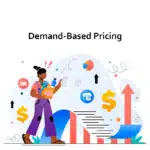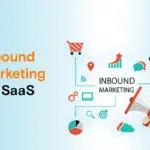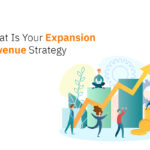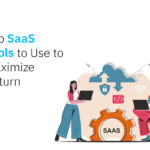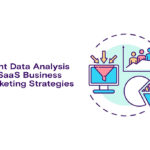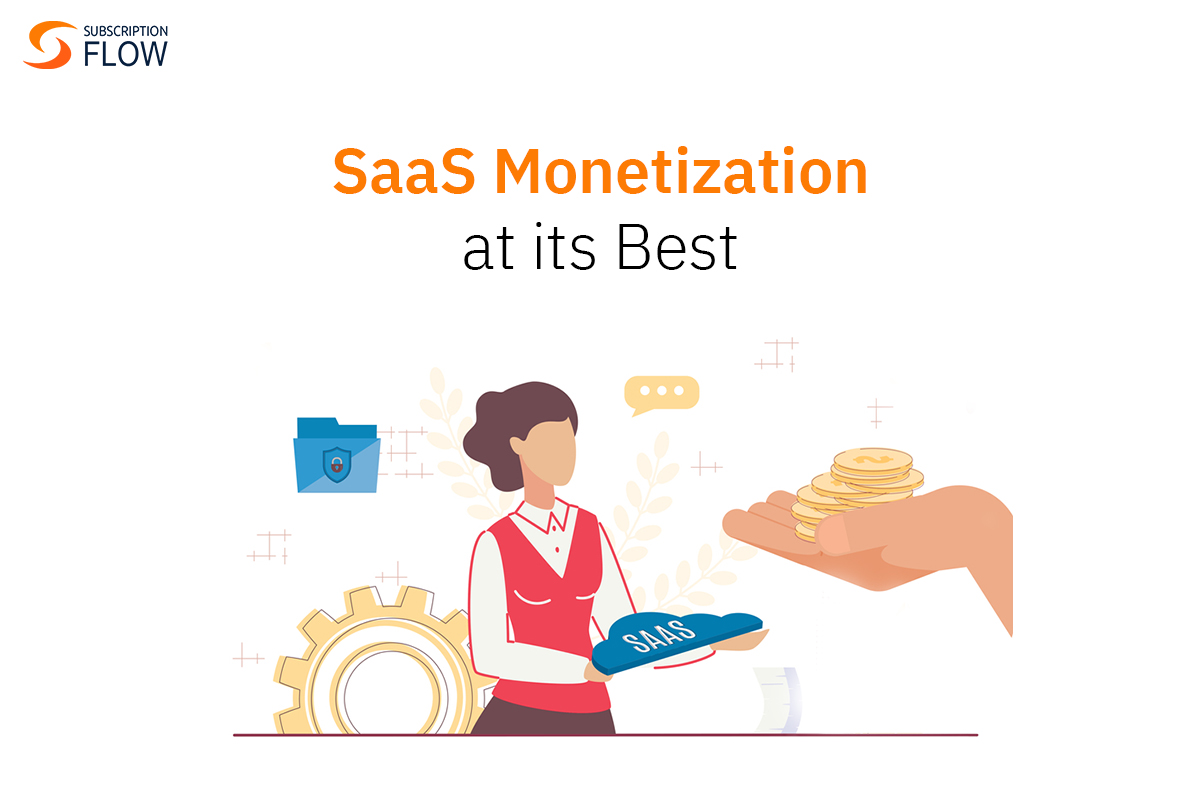
Smart SaaS Monetization Strategies for The Most Effective Results
The SaaS monetization models have recently seen a drastic change toward SaaS subscriptions and have become increasingly popular in recent years as it offers a more convenient and flexible way for users to access and use the software. Moreover, it eliminates the need for companies to invest in costly hardware and infrastructure to run the software.
In addition to the SaaS subscription model, this article will discuss some of the other monetization strategies for SaaS companies in 2022.
Software Subscription Solutions
Under this strategy, companies can offer their software products on a subscription basis. This way, they can earn recurring revenue from customers who use their products regularly.
One of the main advantages of this strategy is that it allows companies to offer their products at a lower price point without compromising on revenue as it paves the way for long-term association with the customer and recurring revenue. It makes pricing more affordable for small businesses and individual users who may not be able to afford the upfront cost of purchasing the software outright.
In addition, this pricing model gives companies more flexibility in how they price their products. For example, they can offer discounts for users who sign up for a longer-term subscription or charge a higher price for users who need more features.
This strategy requires companies to understand their customers’ needs and usage patterns to price their products correctly. In addition, this SaaS monetization model may not be suitable for companies selling products that are not regularly used.
Read Also: Choosing Subscription Pricing Models to Maximize Conversion
The SaaS subscription business model is one of the most popular SaaS monetization strategies. In this model, customers pay a monthly or annual fee to access and use the software.
The subscription model has several advantages for both SaaS businesses and their customers. For businesses, it provides a predictable and recurring revenue stream. It can make it easier to forecast growth and manage cash flow. The subscription model also aligns the interests of the business and the customer—both want the customer to continue using (and paying for) the software.
For customers, the subscription model can offer flexibility and transparency. They can choose the level of service they need and only pay for what they use. And because customers are paying on a recurring basis, they can be sure they will always have access to the latest features and updates.
Remember a few things if you’re considering the subscription business model for your SaaS business. First, it’s essential to clearly understand your target market and what they are willing to pay for your software. It’s also essential to have a pricing strategy that is easy for customers to understand and meets their needs. Finally, you need a system to track customer usage and billing.
Freemium Model
The freemium model is another popular way to monetize SaaS applications. In this model, companies offer a basic version of their software for free and charge for premium features. This model is popular among companies offering products that individuals and businesses can use.
One advantage of the freemium model is that it allows companies to reach a larger audience with their product. It also allows customers to try the product before deciding whether to buy it. However, it can be challenging to convert free users into paying customers.
There are a few different ways to monetize a SaaS platform using the freemium model. One way is to charge for premium features. Another way is to offer a free trial of the product and then charge for access to the full version. Finally, some companies offer a free version of their product and then upsell customers to a more expensive version.
Open-Source Model
The open-source model is also a way to monetize your SaaS product if you want to keep your codebase accessible to everyone. An open-source license allows others to use and modify your software for their own needs. If they find your software valuable, they can pay you for access to the source code or donate.
The main benefit of the open-source model is that it allows you to build a community around your product. It can help you promote and improve your software more effectively than if you were working on it alone.
However, it is not easy to generate revenue from an open-source model. Unless you have many users or a top-rated product, getting people to pay for access to your code can be challenging.
Read Also: A Platform Where You Get Modified Features for Your SaaS
In-App Purchases
In-app purchases are one of the most popular monetization strategies for mobile apps. They are also one of the most effective, as they allow you to capitalize on the impulse buying behavior of users.
In-app purchases come in various forms, from one-time purchases to subscriptions. The key is to offer something that is valuable to your users and that they are willing to pay for.
One-time purchases are typically used for digital goods, such as in-game items, virtual currency, or premium content. On the other hand, subscriptions provide enduring value to users and can be used to monetize services or regularly update content.
In-app purchases can effectively monetize your app, but keeping a few things in mind is crucial. First, you must ensure that your app offers enough value to justify the price of your in-app purchases. Second, you must ensure that your in-app purchasing experience is smooth and easy to use.
Finally, it is essential to remember that in-app purchases are not suitable for every app. If your app is not designed in a way that would benefit from in-app purchases, then it is likely that another monetization strategy would be more effective.
In-App Advertising
In-app advertising is a monetization strategy that app developers and publishers employ to generate revenue from their apps. This strategy involves embedding advertisements within an app so that they are displayed to users while they are using the app. In-app advertising can take many forms, including banner ads, interstitial ads, video ads, and native ads.
One of the advantages of in-app advertising is that it offers app developers and publishers a way to monetize their apps without charging users for them. It can be beneficial when users are reluctant to pay for apps or when app developers and publishers want to offer their apps for free to increase adoption.
In-app advertising can complement other monetization strategies, such as in-app purchases and subscriptions. For example, an app developer could offer a free version of their app with ads and a paid version without ads. Or, an app publisher could include ads in their free app and offer an ad-free subscription option.
When selecting an in-app advertising strategy, app developers and publishers should consider their target audience, the type of app they have, and the overall goals for their app. For example, if an app targets kids, it might be best to avoid advertising targeting adults. And if an app is designed to be used for a short period, like a game, banner ads might be more effective than video ads.
Several platforms offer in-app advertising, including Google AdMob, Apple iAd, and Facebook Audience Network. Each platform has its strengths and weaknesses, so app developers and publishers should select the best one for their needs.
In-app advertising can be an effective monetization strategy for app developers and publishers. They can generate revenue without alienating their users by selecting the right platform and ads.
Which SaaS Monetization Models Can Be Managed in SubscriptionFlow?
Whatever your business model is, SubscriptionFlow helps you to implement it seamlessly in SubscriptionFlow. SubscriptionFlow itself incorporates a combination of a subscription-based business model to cater to the needs of various SaaS and subscription businesses and entrepreneurs. No wonder it caters to a huge list of subscribers from all over the world. If you haven’t tried it yet, it is time to schedule a demo with us.






